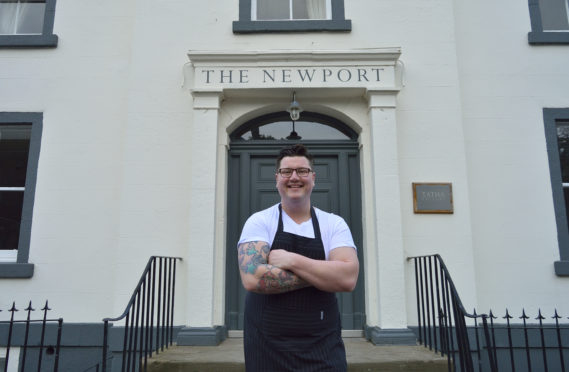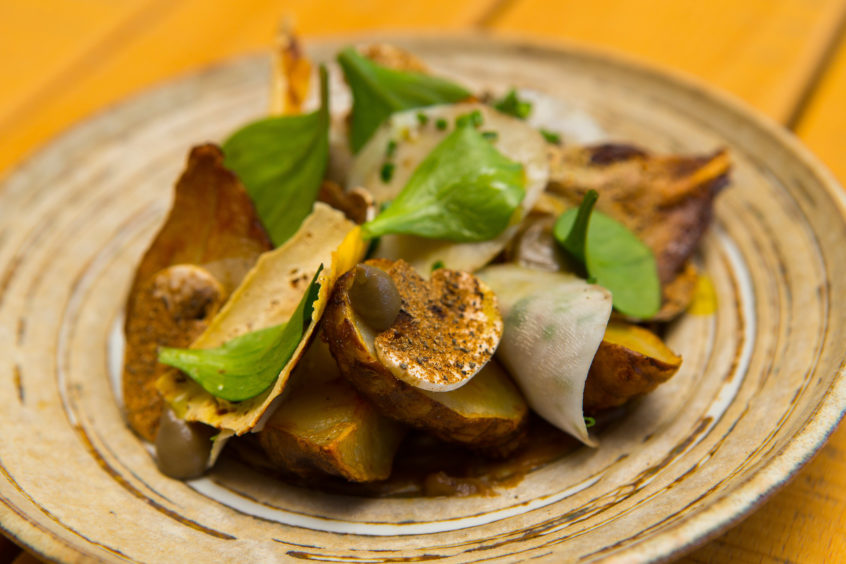One of my favourite vegetables is the amazingly ugly Jerusalem artichoke, also known as sunchokes in North America and earth apples in eastern Canada.
The strangest thing is the name – it’s not even actually an artichoke nor has it had any connection with Jerusalem at all. It is in fact part of the daisy family.
The reason it is called Jerusalem is because even hundreds of years ago we human beings were still a little lazy. It was called girasole by Italian settlers in North America and when they said the word it supposedly sounded like Jerusalem. So it stuck and it ended up on European shores after French settlers returned with roots and planted them. The roots then thrived off the European climate. It was sold for medicinal properties as well as being edible at markets.
My favourite thing about the artichoke is its versatility in both savoury and sweet dishes. Containing about 2% protein, no oil and very little starch, it is rich in carbohydrate including simple sugars like glucose and fructose, giving it its underlying sweet taste. It has also been reported in folklore for being a remedy for diabetes.
We occasionally use it at the Newport – we have a lovely regular in our bar called Tony who does a lot of gardening in and around Newport and he brings us bags full of delicious artichokes for our cooking pleasure.
Our first dish using them was to try and serve them as they looked, as they are so unusual and we wanted people to identify them before they enjoyed their unique flavour. What we did was steam them whole after washing, allow them to cool then cut into halves, scoop out the centre and make that into a puree, with a touch of milk and cream. We then fried the skins until crispy, then piped the puree back into the shell, before covering with shaved hazelnut.
The more interesting dish is a sweet version we had on the menu this autumn. Again, we made a puree with the flesh but this time we caramelised it well to allow the natural sweetness to come through. We then folded it into equal parts cream, and served it with sour cream ice cream to cut through the richness. Delicious!
Chef’s Tip:
If you’re looking for a culinary New Year’s tip, mine would be to master your ‘mise en place’ which translates from French to ‘Everything in place’. What it means to be a chef? Before you cook, have everything measured, peeled, chopped, pans ready and have everything within reach. This will keep you from running around looking for the salt and pepper while your sauce is on the brink of burning on the stove! As the saying goes: “By failing to prepare, you are preparing to fail.”












